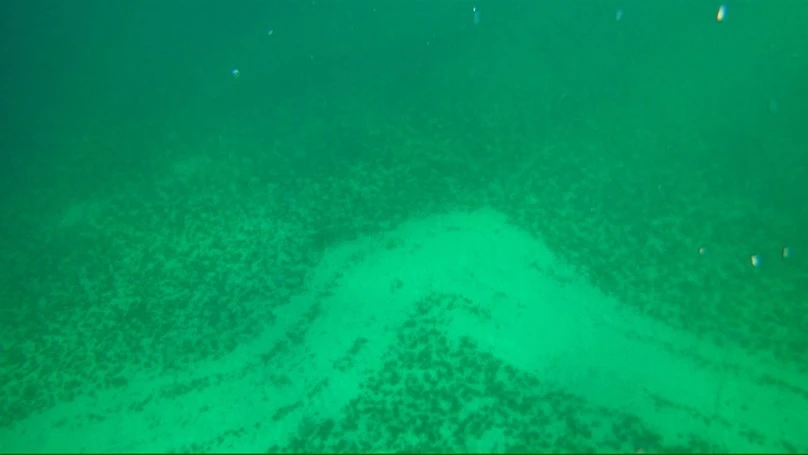Harvesting sea urchins by hand can be a slow and tricky business, often resulting in painful pokes through diving gloves. That's where the C Disc and the C Bud come in, as both systems vacuum urchins off the seabed and into a boat, net or shore-located container.
Manufactured by Norwegian firm C Robotics, the two systems are designed not just to spare divers' hands from spine-jabs, but also to speed up and simplify the whole urchin-harvesting process. And while great care does indeed need to be taken not to overfish the world's oceans, purple sea urchins are a destructive invasive species in many regions, and actually need to be culled in order to preserve existing kelp forests.
The C Disc incorporates a handheld suction nozzle, which the diver simply places onto individual urchins. An attached hose delivers the sucked-up urchins either to a surface support vessel, to a net suspended in the water between that vessel and the diver, or to the shore. According to the company, this setup allows for an average catch rate of 1.9 urchins per second.

The C Bud also uses a suction nozzle, although that nozzle is built into a remotely-operated tracked vehicle that moves across the sea floor. The vehicle is connected via a hose and an electrical tether to a surface support vessel, where its human operator is guided by real-time video from the C Bud's spotlight-aided cameras. An onboard positioning system helps that person keep track of where the vehicle is relative to themselves, plus the C Bud is able to detect and avoid obstacles on its own.
Collected invertebrate species such as sea urchins, scallops or sea cucumbers travel up the C Bud's hose to the vessel, remaining alive and undamaged. Any accidental bycatch can be manually picked out and thrown back into the ocean, although the C Bud itself also has an onboard size-based sorting system. Sea trials have shown that it can collect up to 16,000 scallops per hour.

Those same trials reportedly indicated that the C Bud causes considerably less disruption to the seabed than more traditional methods such as drag dredging, plus its use results in much less bycatch – additionally, the bycatch it does collect is more likely to survive.
Both the C Disc and the C Bud are already in production, and are in use by commercial clients. The C Disc can be seen in use, in the video below.
Source: C Robotics via Global Seafood Alliance





